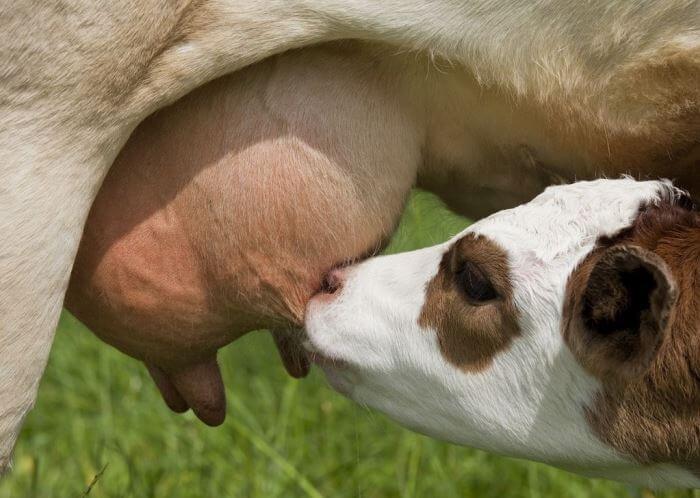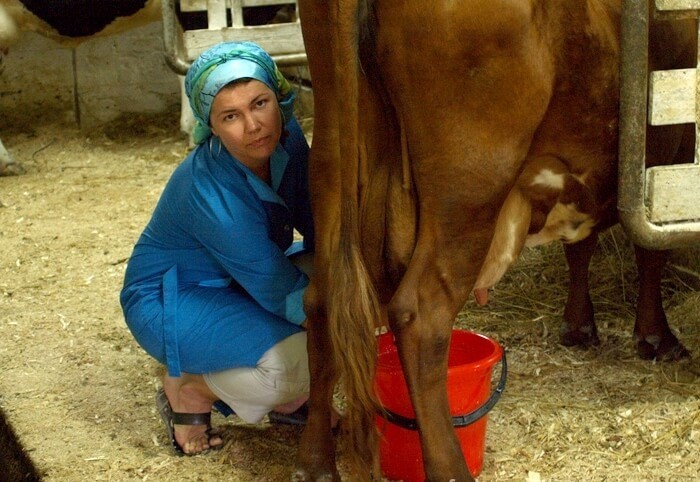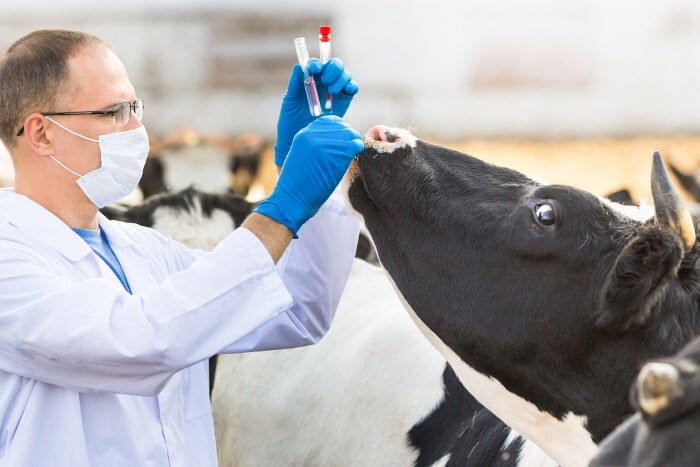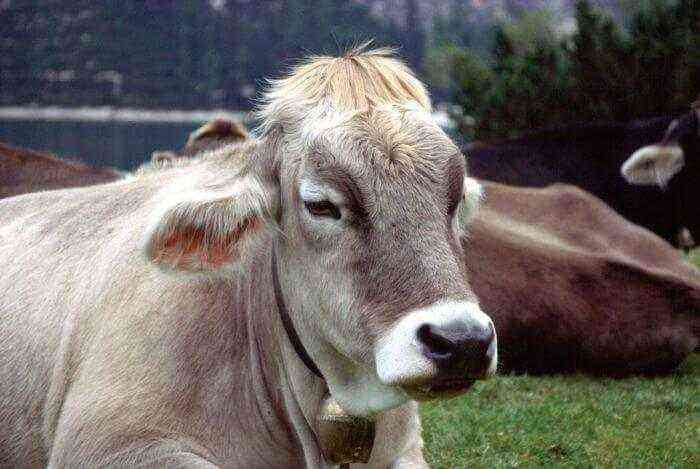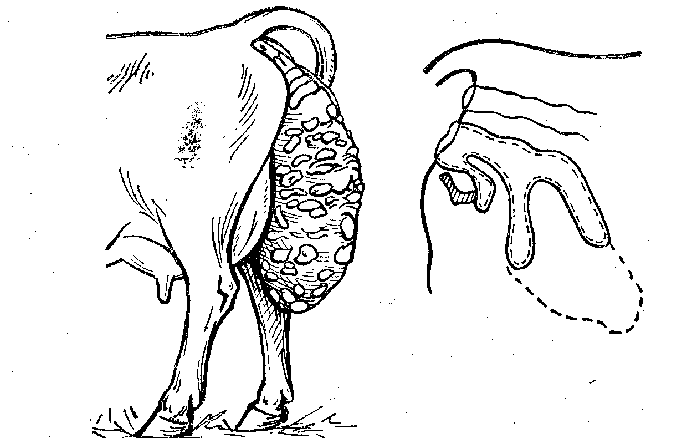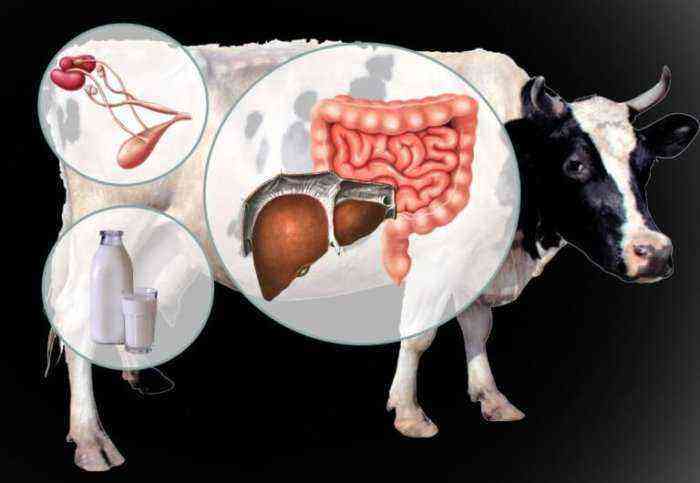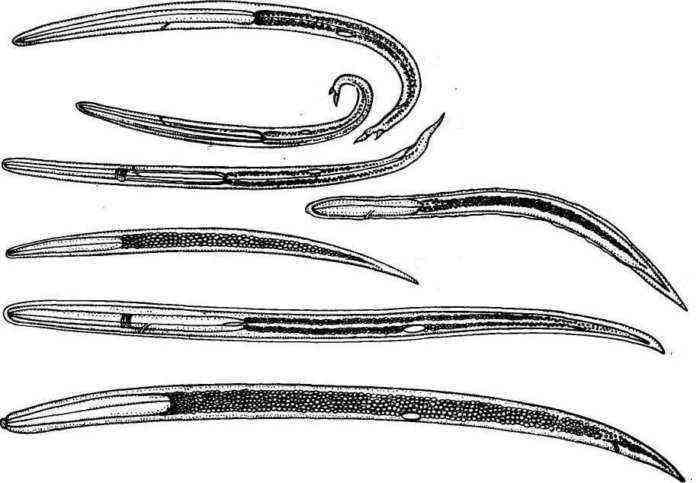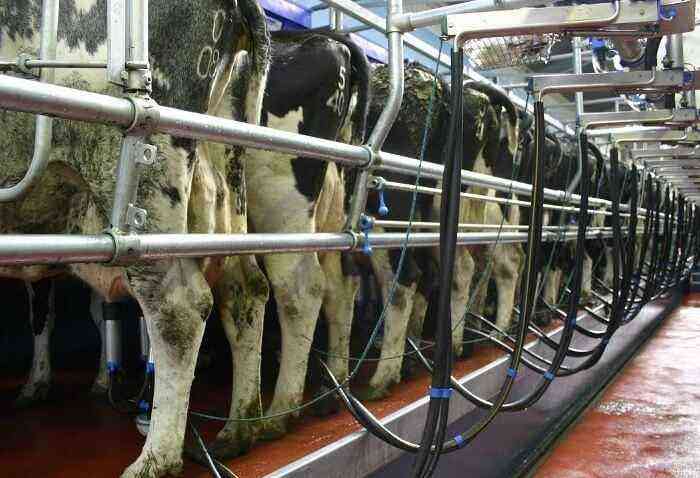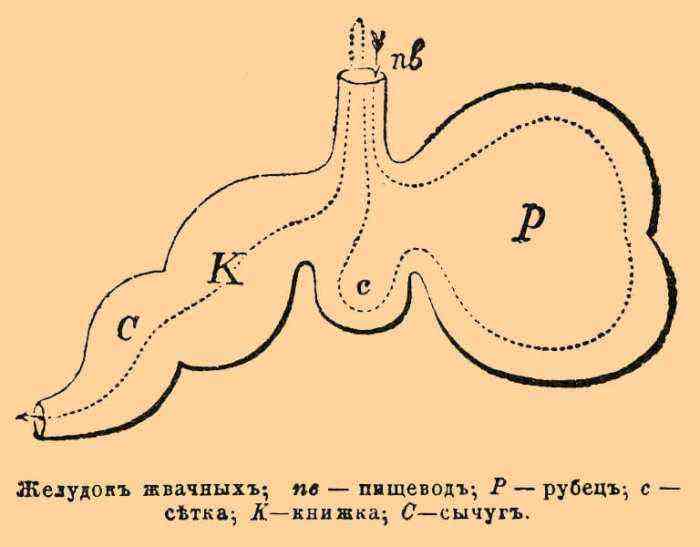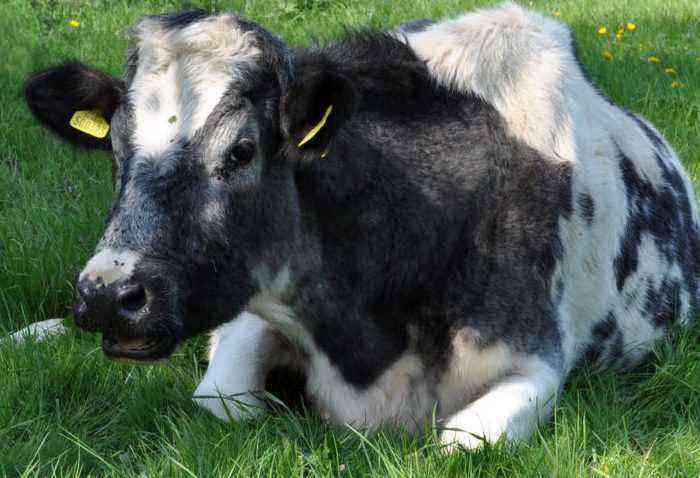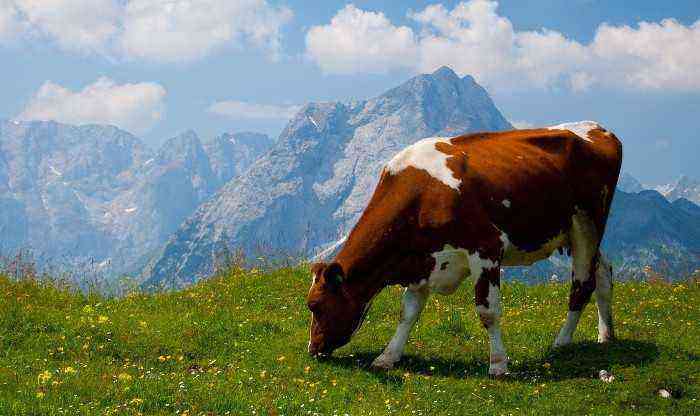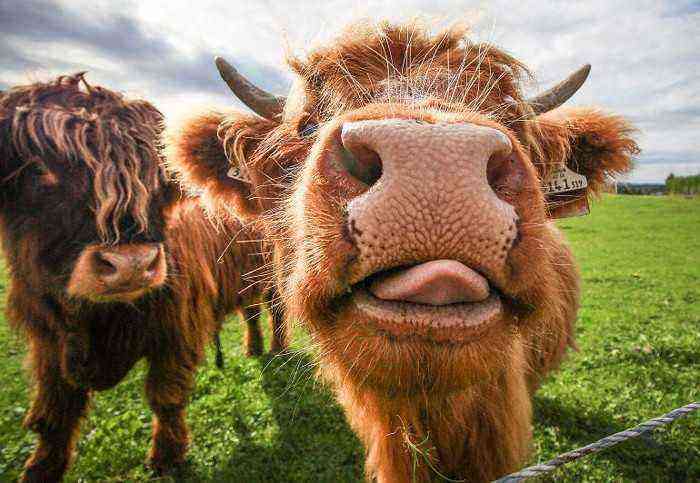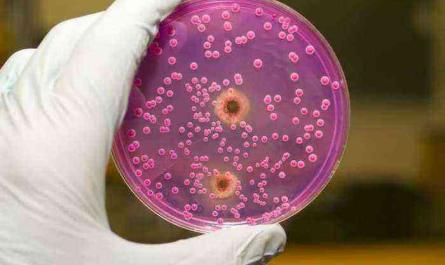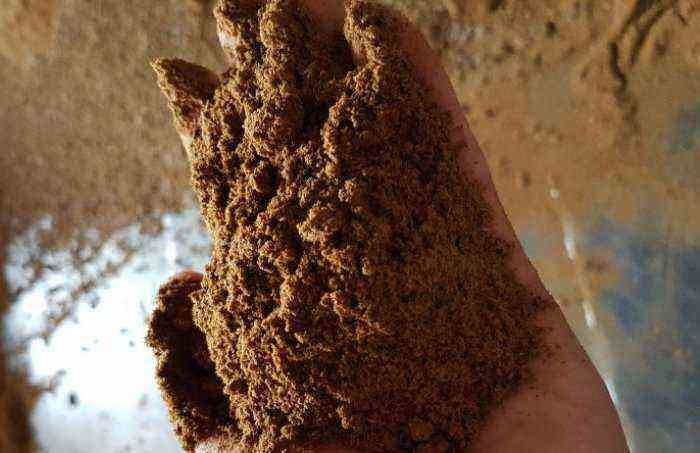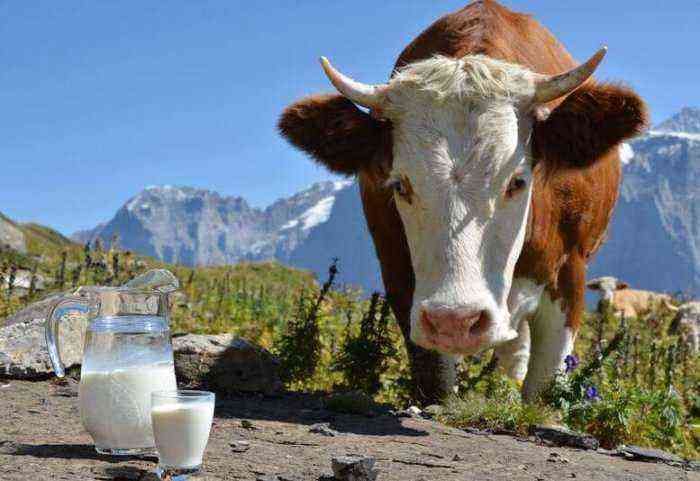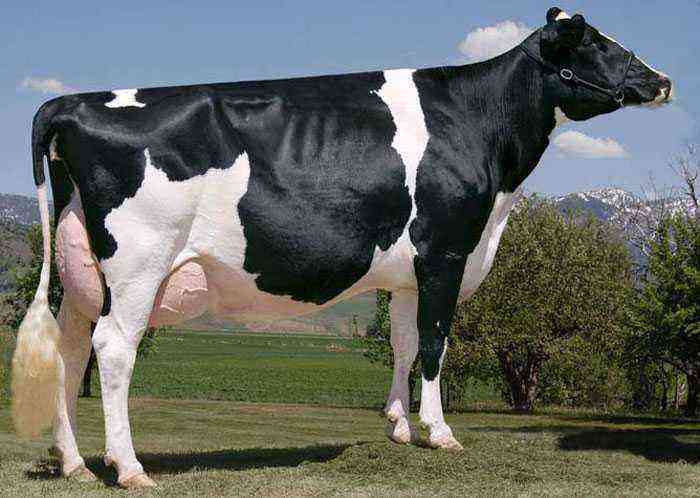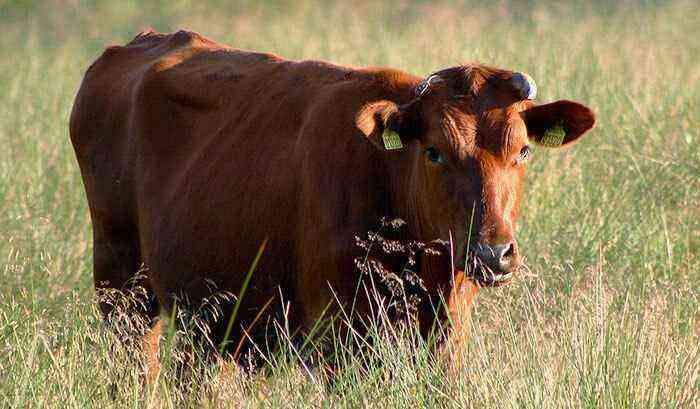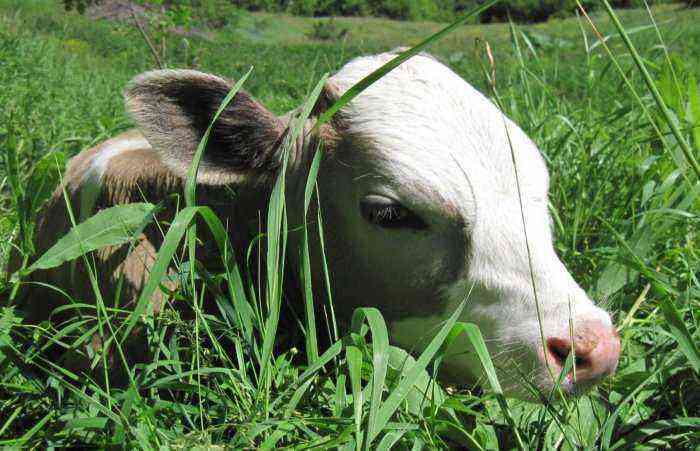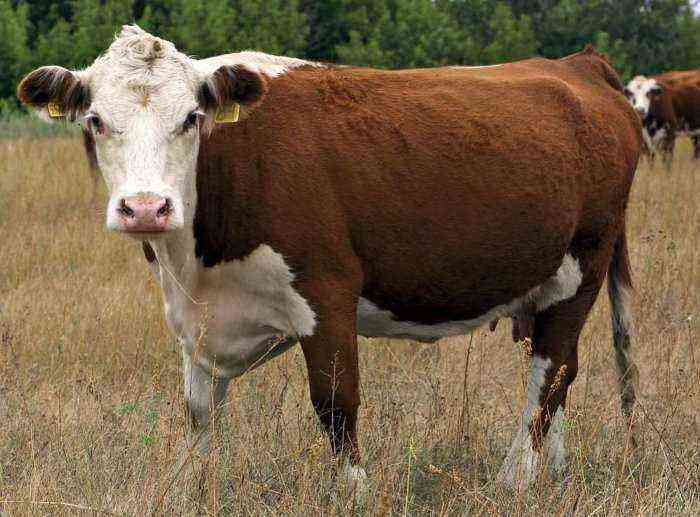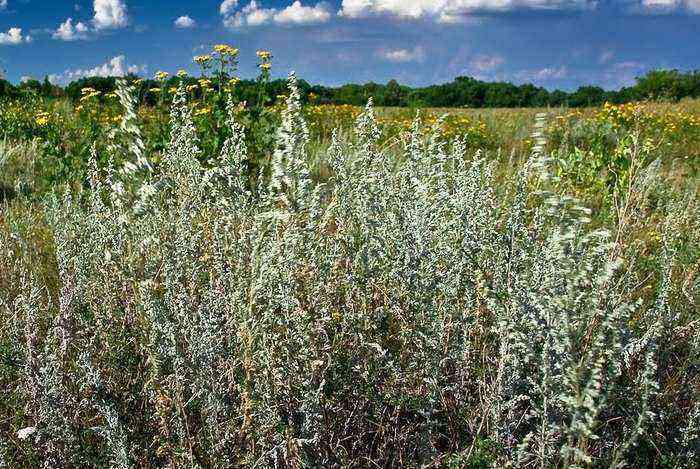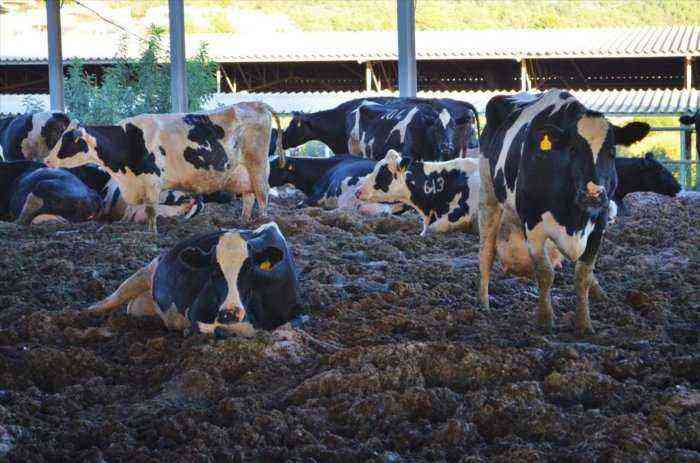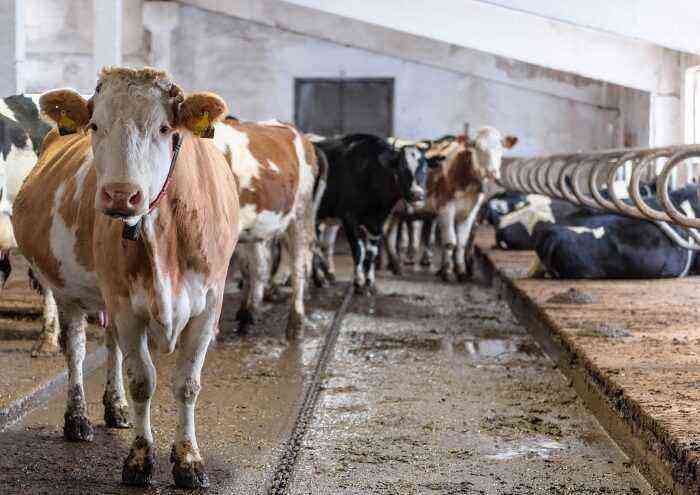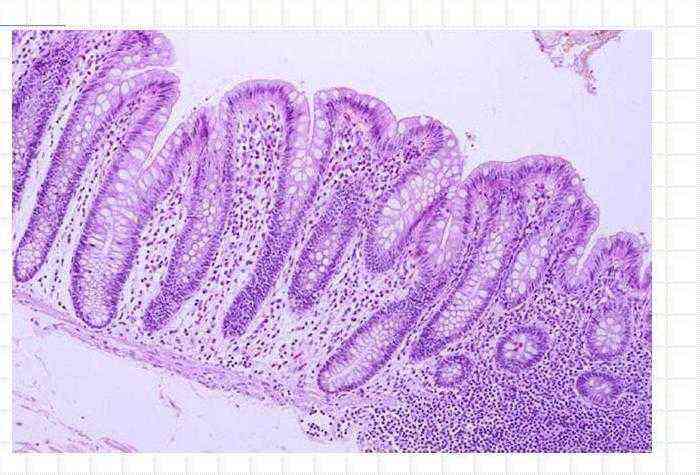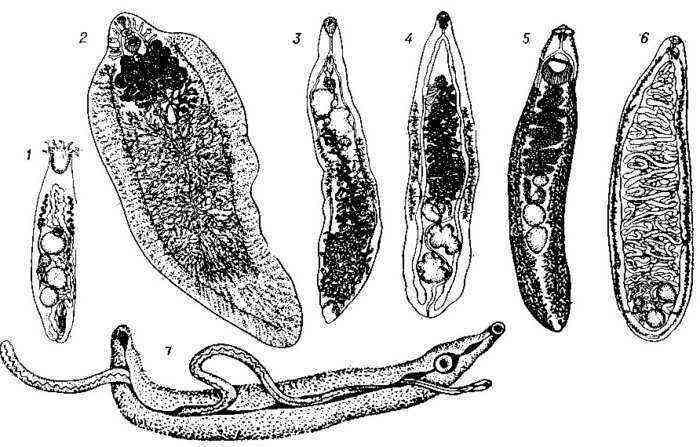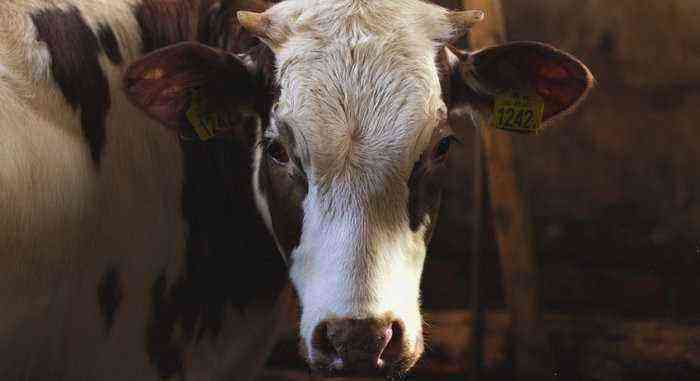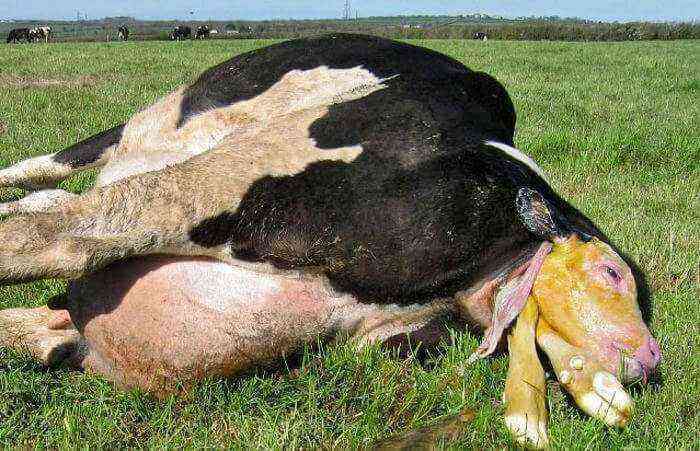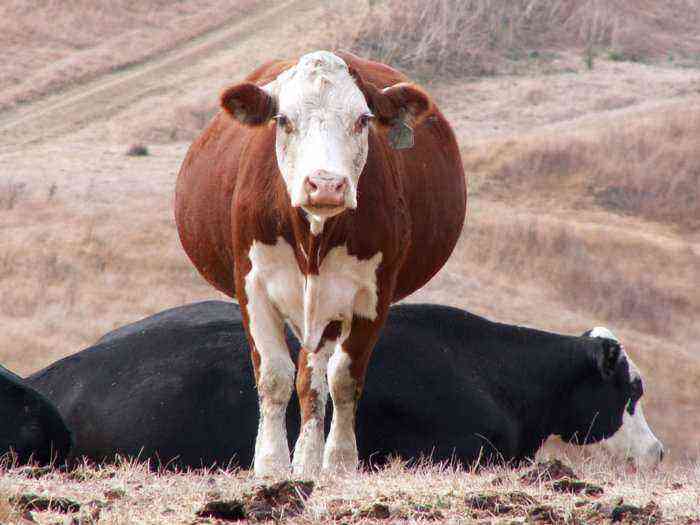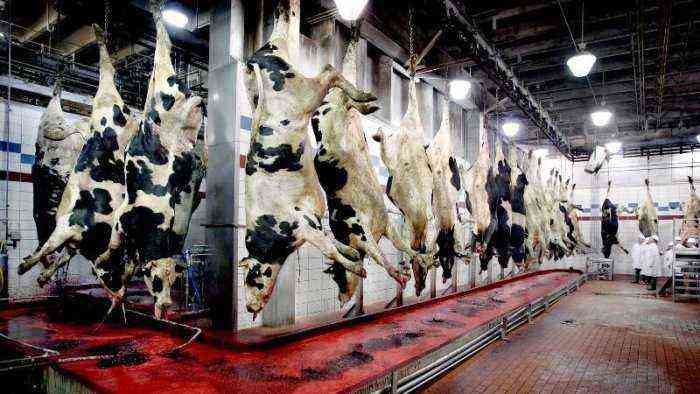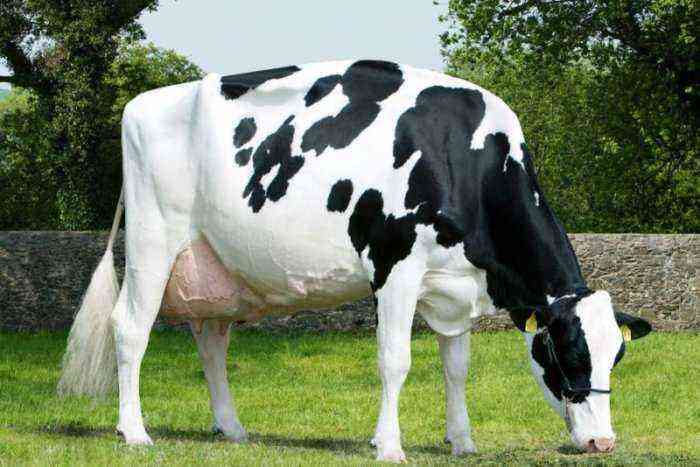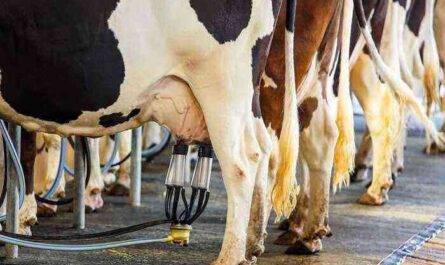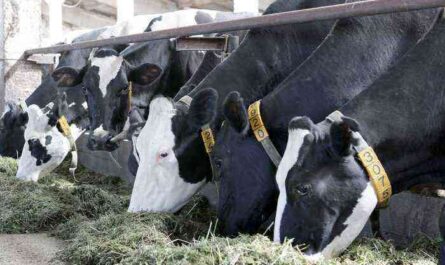Udder edema in a cow is its swelling, which occurs as a result of impaired blood circulation and lymph outflow. This phenomenon is not uncommon, especially after calving. This is a normal physiological process, which should not be feared. However, swelling of the mammary gland sometimes leads to unpleasant consequences, such as mastitis, as well as a decrease in milk yield and a deterioration in milk quality. The causes of udder edema, signs of the process that has begun, as well as treatment methods will be discussed in this article.
Healthy cow udder
Causes of edema
Puffiness on the udder appears for various reasons. This most often occurs in animals that have calved for the first time, or those that have kidney or heart disease. In this case, the edema bothers the cow long before the birth, and then it does not go away for some time after calving. Consider the main causes of pathology:
- Lack of movement, active exercise during pregnancy (especially in the last months before childbirth).
- Toxicosis.
- Kidney disease.
- Heart disease.
- Improper nutrition (sour and succulent foods predominate in the diet of cows).
- Trauma, bruised udder.
Reference. Postpartum swelling usually resolves on its own within a few days after delivery, but in some cases, human assistance is needed. Otherwise, there is a chance that the udder will harden and mastitis will develop.
Signs and symptoms
Puffiness usually extends to the entire udder or its back. Sometimes the lobes of the mammary gland swell in turn. If you pay attention to the cow’s teats, you will notice that some of them (usually the rear ones) have become shorter. This speaks of swelling. Consider the signs and symptoms of this pathology:
Signs of udder swelling
- The milk tank or part of it is enlarged.
- Some nipples have become shorter than others.
- The skin of the milk tank resembles dough, it is thickened (if you press it with your finger, a depression remains, which slowly disappears).
- Udder pale, cold, smooth, painless.
- The temperature is normal.
- Milk obtained from the swollen part of the udder is watery.
Attention! In rare cases, more milk can be expressed from an enlarged lobe of the mammary gland than from others. Most often the opposite happens – milk yield decreases due to circulatory disorders.
If a cow has a swollen udder shortly before giving birth, then in the postpartum period it usually quickly returns to normal. But the outcome is not always favorable. Long-term edema is dangerous, so it is important for the farmer to observe the cow for several days after giving birth. If the swelling does not subside, you need to start treatment. Otherwise, the mammary gland may become inflamed. A hard udder is a clear sign of the development of a pathological process.
Therapies
Finding that the puffiness does not subside, the farmer should exclude succulent feed from the animal’s diet and limit drinking. It is not recommended to graze it together with the herd, however, the cow should walk 2-3 times a day for at least 1 hour. Thanks to the movement, it will be possible to restore normal blood circulation in the tissues of the udder. If the edema is strong, affects the entire udder and does not go away for a long time, it is recommended to express milk frequently (up to 8 times a day) in order to prevent the development of stagnant processes.
Squeezing
Massage will help relieve swelling of the udder in a cow. Do it without the use of any ointments several times a day. This procedure is also aimed at improving blood circulation. Massage should be performed with soft movements directed from the lower part of the mammary gland to its base.
Attention! If the mammary gland is very sagging, it is necessary to use a special supporting bandage.
Drug treatment includes the use of cardiac and diuretic drugs, as well as laxatives:
- A solution of calcium chloride is administered to the cow intravenously in an amount of 100-150 ml.
- Subcutaneously apply caffeine sodium benzoate at a concentration of 20% – up to 20 ml.
- Inside give laxative salts (Glauber, Karlovy Vary) or sea buckthorn oil.
- For external use, Rigefen ointment is used, it helps to relieve swelling and prevent the development of the inflammatory process.
Plant decoctions, for example, from juniper fruits, birch buds or horsetail, have a good diuretic effect.
Reference. Edema resolves faster if, along with the above methods of treatment, warming compresses and poultices based on hay dust or paraffin are used.
Udder injury
It is important to learn to distinguish physiological edema from that caused by trauma or bruising. The traumatic factor is determined by visual examination and palpation of the gland. Injury signs:
- Change in the color of the skin of the milk tank (redness, blue).
- On palpation, a lump can be found in the udder of a cow (this also happens with mastitis).
Attention! If you find these symptoms, you need to show the animal to the veterinarian. Treatment in this case is different from that described above.
Examination of a sick cow by a veterinarian
Prevention
Preventive measures will help to avoid swelling of the udder in a cow. These include:
- Organization of proper nutrition at the final stage of pregnancy (the supply of succulent and acidic feed should be controlled).
- Drinking restriction.
- Organization of active exercise in pregnant cows.
- Ensuring proper conditions of detention – clean, warm, on a dry litter.
- Compliance with sanitary standards during milking.
- Conducting breeding work is the replacement of those cows in the herd that have a genetic predisposition to postpartum edema.
Although swelling of the udder after childbirth is not considered a disease, but refers to normal physiological processes, it is still better to prevent its occurrence. Violation of blood circulation and outflow of lymph often provokes the development of a stagnant process. In addition, the resistance of the cow’s body decreases when the mammary gland swells. It becomes vulnerable to pathogenic bacteria. That is why it is important to pay attention to the prevention of this condition.
